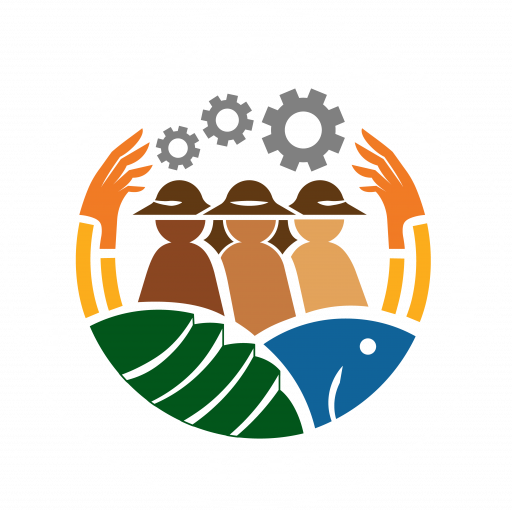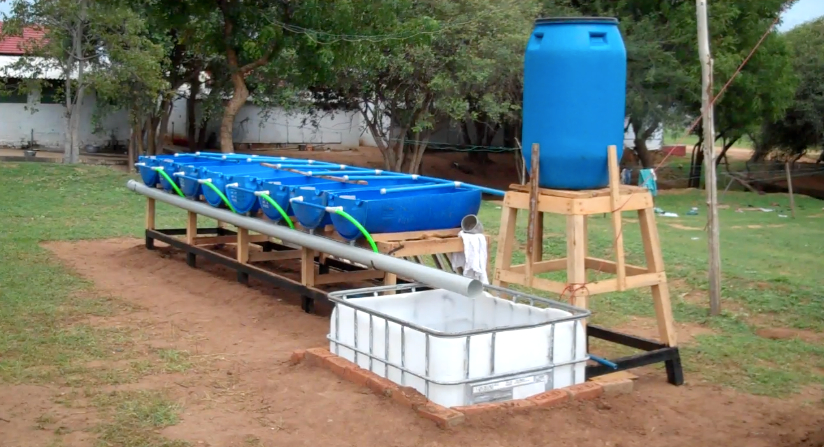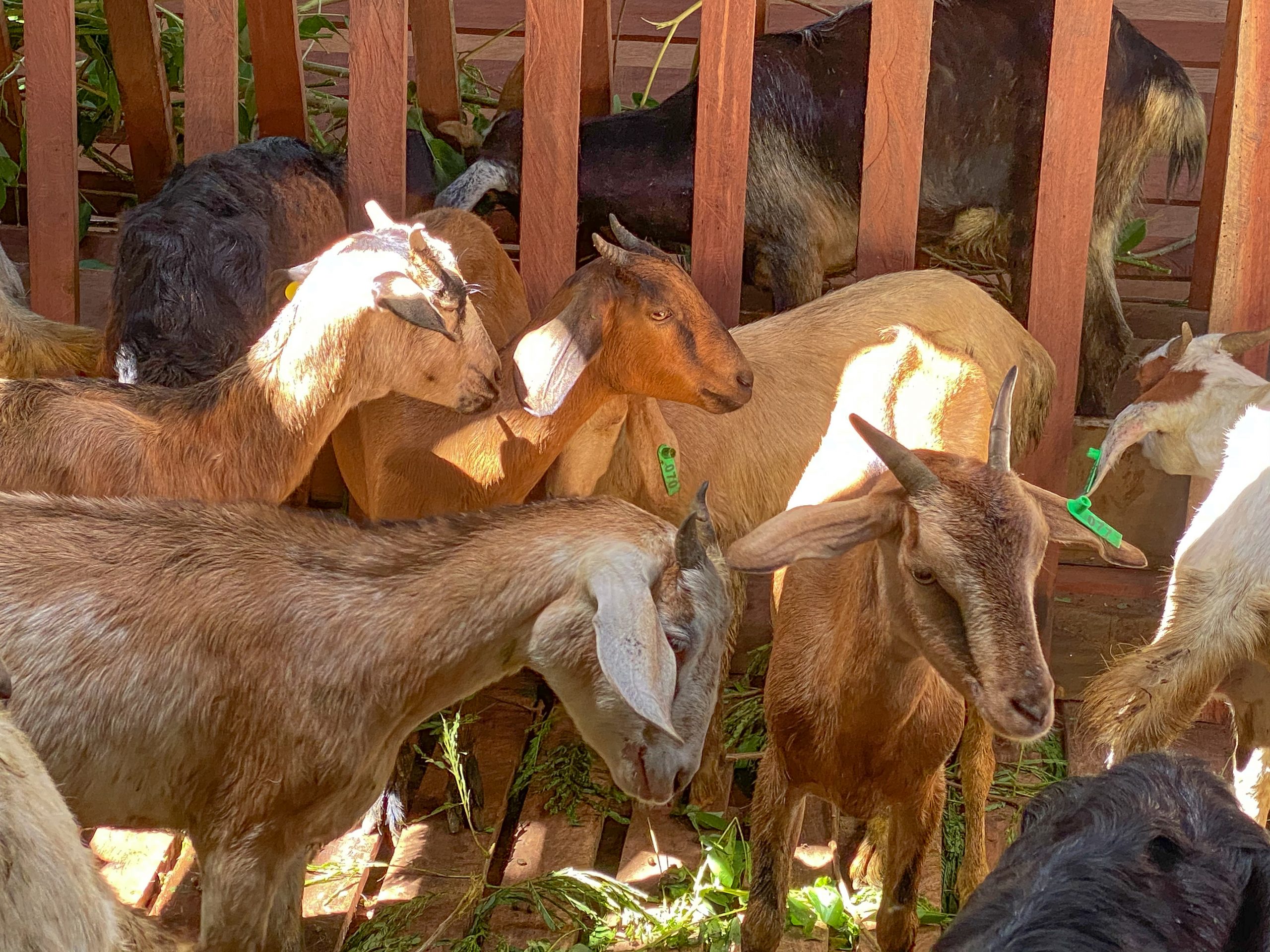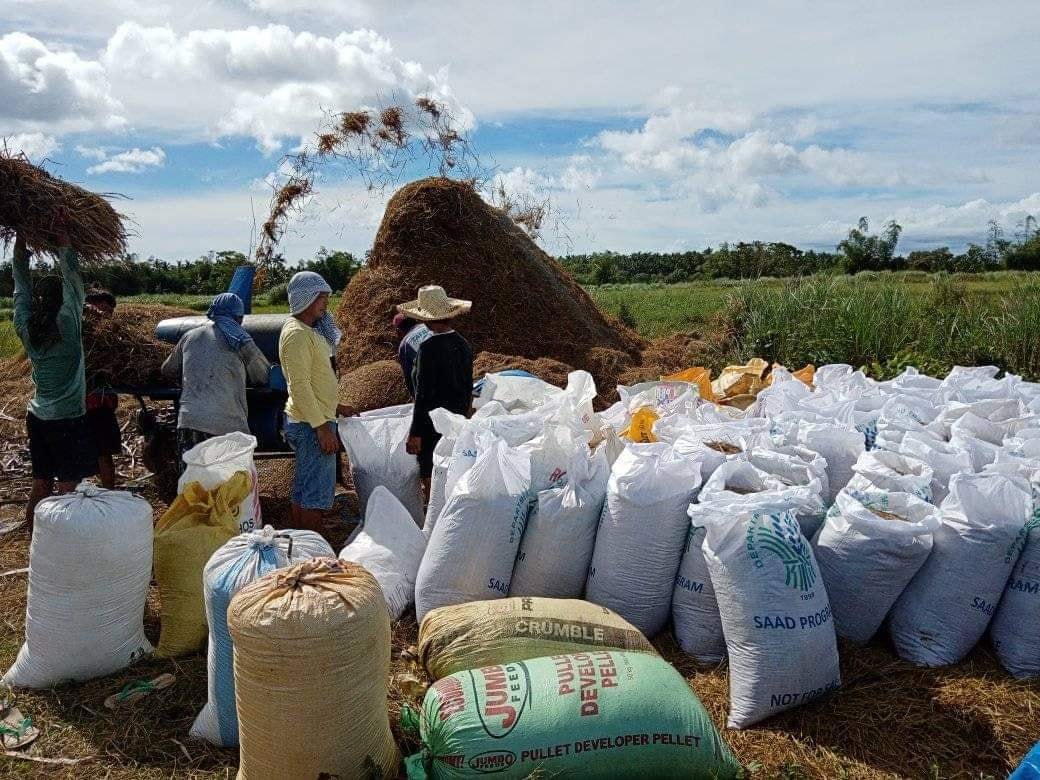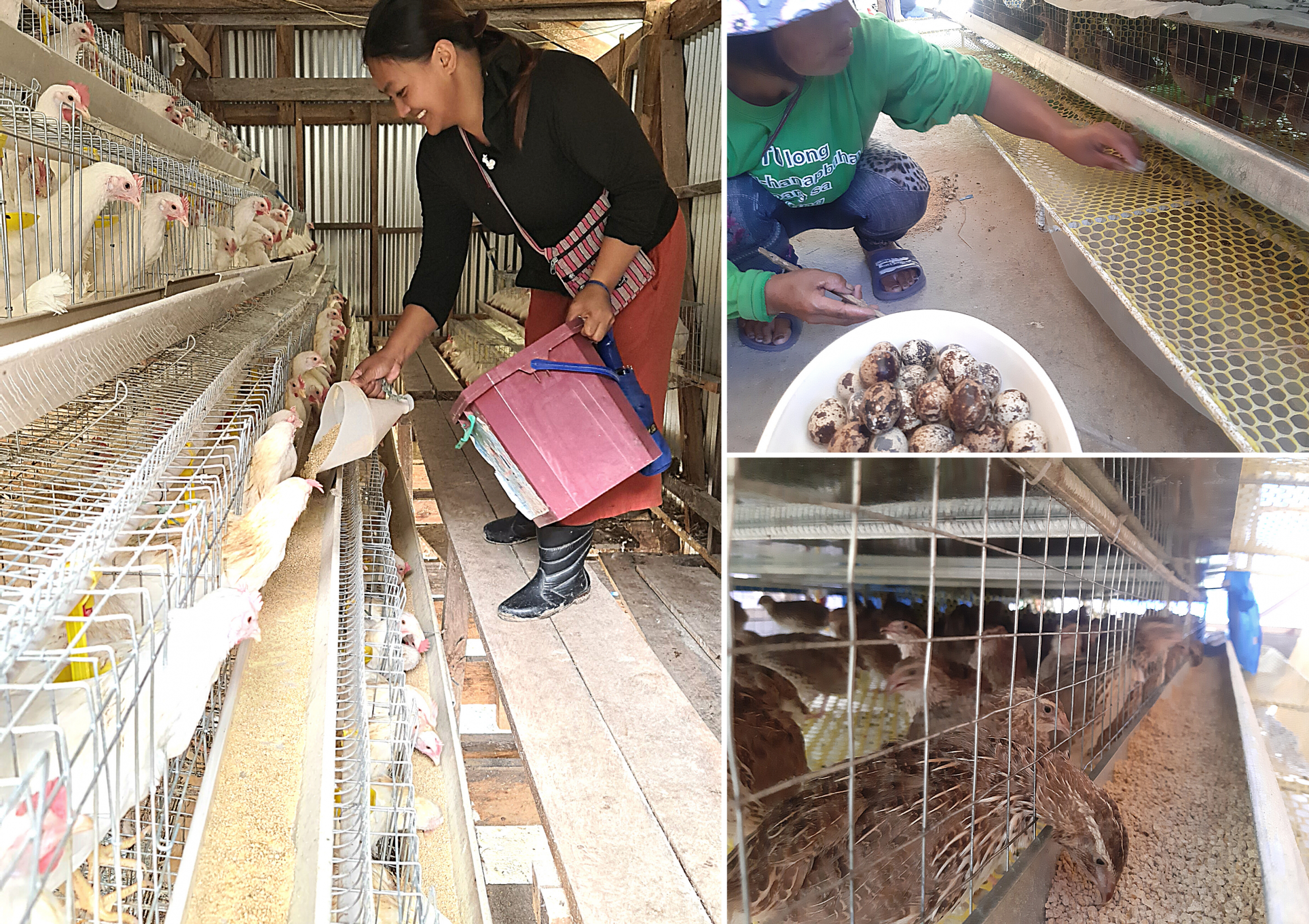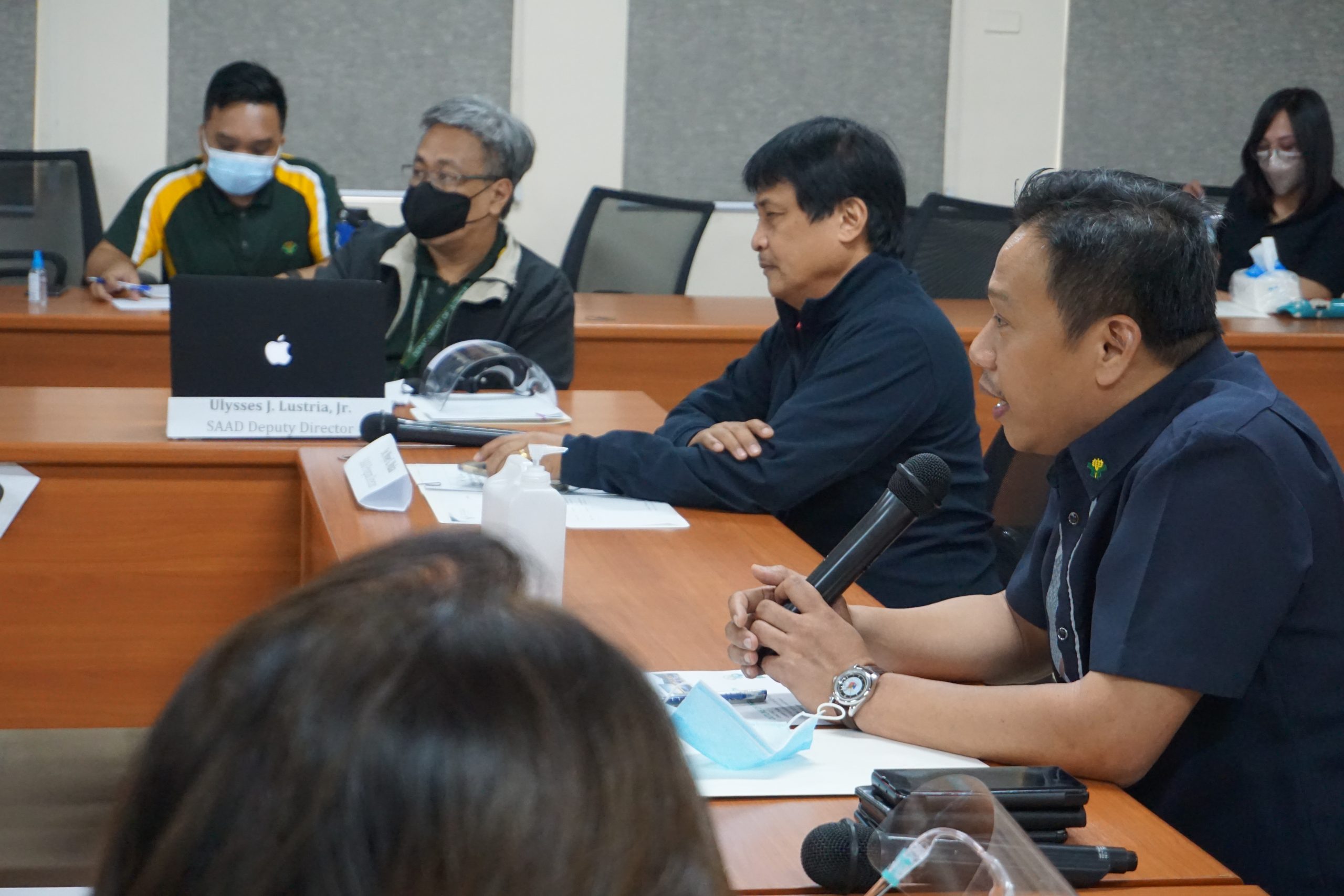PART 2: Aquaculture for Tilapia and Hito
Urban and peri-urban agriculture occurs within and surrounding the boundaries of major cities and includes products from crops, livestock, fisheries, and forestry, which ensues through a multiple farming and gardening systems. Collective benefits from this system include among others food accessibility; increase availability of fresh, perishable food; can enrich urban environment; solving transportation problem, converting urban waste into fertilizers; and recreational activities.
This type of agricultural mechanism is abetting people leaving within the community and adjacent communities to cope with food scarcity and hunger during the time of crisis such as the CoVid-19 pandemic where movement of people are restricted to work for income in order to support their family daily needs.
The Special Area for Agricultural Development (SAAD) Program launched in April 27, 2020 the first series which is Container and Vertical Gardening for Vegetables and Herbs to advocate food availability and accessibility in support to DA’s Plant, Plant, Plant Program.
This series will focus on raising fish in backyards, in containers, on balconies, on roof tops, in school gardens, on river banks, and on communal lands in order to improve sources of food and will likewise offer many urban poor a viable income, job, and protein source.
Many studies suggest that one can now simply raise tilapia (Oreochromis niloticus) and hito (catfish) in their homes with plastic drums or tanks. The technology has become the mainstay of small-scale aquaculture projects in many developing countries, including the Pacific region. It is manageable, environment-friendly, adaptable to urban and peri-urban conditions. Other freshwater fish, such as carp, can also be raised.
Tilapia and hito are some of the consumable freshwater fishes in the Philippines. They manifest both firm and delicious flesh. They can be processed into dried, salted dried, smoked or pickled products.
In 2009, the Bureau of Fisheries and Aquatic Resources (BFAR) in Region 10 demonstrated the low-cost technology in three barangays in Cagayan de Oro City. The method uses plastic drum containers to grow food fish and does not require aeration and other expensive accessories. In the demo, 30 to 50 pieces of 3-4 inches hito can be grown in one plastic drum with a survival rate of 90%.
There are also some barangays in the National Capital Region which practice container aquaculture for tilapia. According to David V. Balillia, who is in charge of Gulayan at Bulaklakan in Barangay Holy Spirit in Quezon City, urban residents can become producers of fish if they convert plastic containers into fish ponds in their backyard. A 45-gallon plastic drum can grow about 50 tilapia up to its consumable size in four months. In 2014, the said barangay created a demo farm, which won the major distinction as the Outstanding Farmers of the Philippines.
This guide briefly describes how to raise tilapia and hito in your own backyard using 200-liter plastic drums. Other containers found in the house such as old refrigerators, fiberglass tanks or even large washing dishes can also be used.
Let’s start setting up the container aquaculture at home!Writers:
Myer Mula, SAAD Program Director
Jemiema Arro, SAAD Public Relations and Communications Officer
References:
- Balsman D and Shoup D. 2008. Opportunities for urban fishing: developing urban fishing programs to recruit and retain urban anglers. American Fisheries Society Symposium, 67: 31-40.
- Baluyut EA. 1989. Aquaculture methods and practices: a selected review. In Aquaculture systems and practice: a selected review. Retrieved May 02, 2020. http://www.fao.org/3/t8598e/t8598e05.htm
- Food and Agriculture Organization. 2001. Urban and Peri-Urban Agriculture. The Special Programme for Food Security. Final Report. July.
- National Advisory Board on Climate Change & Disaster Risk Reduction (NAB). 2013. Training Series on Agrometeorology and Climate Change Adaptation. Tanna Island, Vanuatu. Final Report. May.
- Pinoy Bisnes Ideas. 2019. Catfish (Hito) Raising. Retrieved May 02, 2020. https://www.pinoybisnes.com/aqua-business/catfish-hito-raising/
- Yap WG. 1991. Rural Aquaculture in the Philippines. Retrieved May 02, 2020. http://www.fao.org/3/a-x6943e
